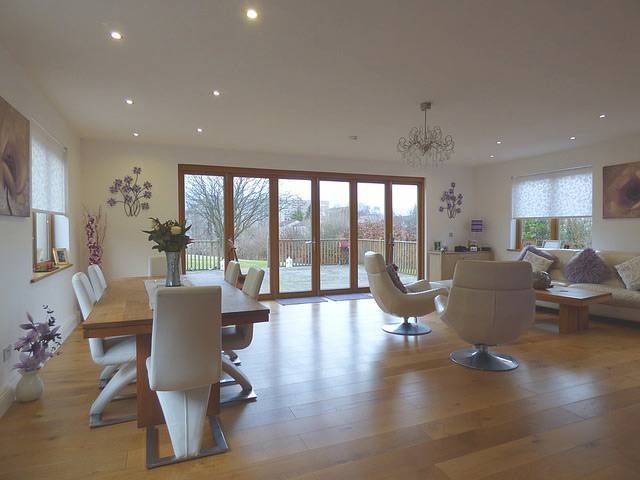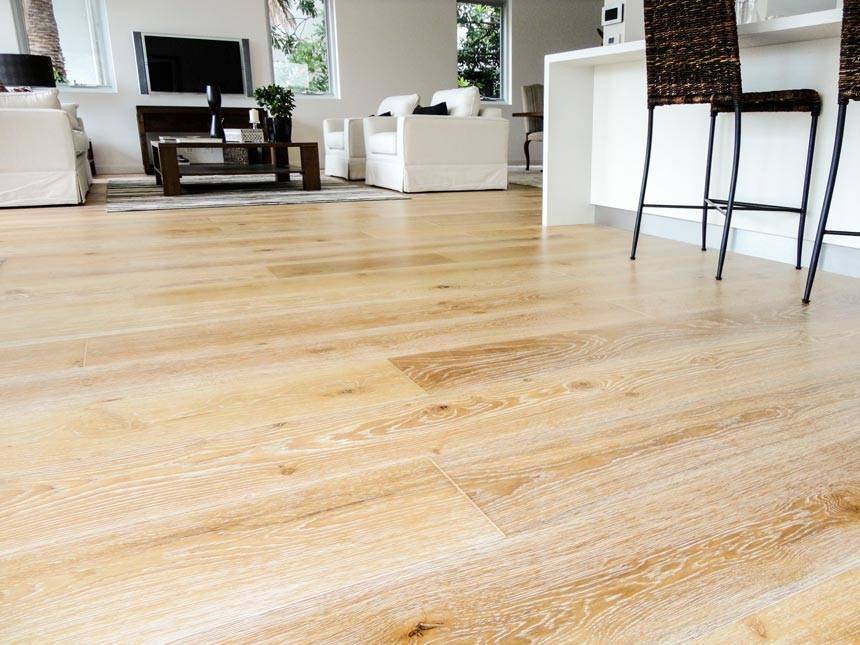Pros and Cons of Traditional Hardwood and Engineered Timber Flooring
If you are planning to renovate or build a home, you have probably considered numerous flooring options. Whether you are ripping up unsightly carpet, or laying a completely new floor on your concrete slab, timber floor boards are a great way to breathe life and warmth into your home. But what type of floor boards should you choose? And what are the benefits of using Engineered Timber flooring over traditional hardwood floors?
Hardwood Flooring

In addition to this, solid hardwood floors will need to be nailed or glued to a subfloor – meaning a solid hardwood floor can not be placed directly over concrete or other existing flooring without substantial preparation of the subfloor. The benefit of hardwood timber floors though is that with the right maintenance and care, they can last for generations. Hard wood floors can easily be sanded and treated when they are looking worn or tired.
Engineered Timber Flooring

Engineered timber combines the style of natural hardwood with convenient installation and maintenance. Engineered timber boards come in multiple thicknesses so if you want to sand your floors back you should look at a thickness that will allow this. You could get about 20 refinish sands out of an engineered timber board with a 6mm top wear layer. If you want to change the whole colour of the board through staining you may need to sand more deeply so you may only get three to four sands.
Engineered timber do not need to be nailed down or glued to a subfloor. This means that floating engineered timber floor boards can be installed on any flat service, including tiles, though you should probably invest in a quality underlay to better support the floor and to decrease the amount of moisture from the subfloor. Installation over an acoustic membrane is often a solution for apartment owners who need to adhere to body corporate rules on noise reduction in multi-level complexes.
If you would like help choosing your engineered timber flooring, please talk to one of our friendly staff at your nearest Tile Wizards store. While there, you may also browse through our range of timber alternative flooring products available in-store.
We have stores located across Australia, in and around:
- Sunshine Coast QLD (Tile Wizards in Bokarina)
- Coffs Harbour NSW (Tile Wizards in Coffs Harbour)
- Adelaide SA (Tile Wizards in Lonsdale, Para Hills West, and Richmond)
- Brisbane QLD (Tile Wizards in Springwood)
YOU MIGHT ALSO LIKE TO READ:
The Different Types of Timber-Look Flooring
Nowadays, there are a lot of alternative products for traditional timber flooring in the market that you can choose from. With so many options, it’s difficult to choose which material to use. Tile Wizards features the 4 most popular timber look flooring products to help you decide…READ MORE



